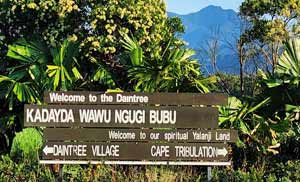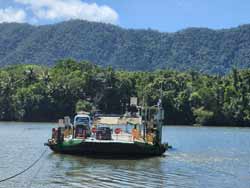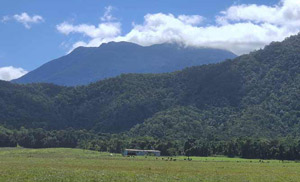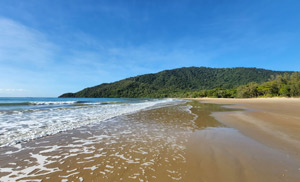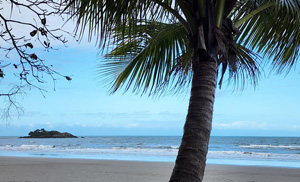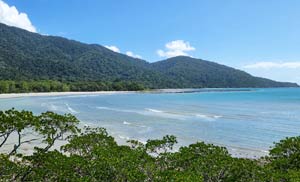Great Barrier Reef
Be Amazed
The Great Barrier Reef on the Daintree Coast
The Daintree Coast is where the Great Barrier Reef and the Daintree Rainforest meet. Here two UNESCO World Heritage areas exist side by side - the Wet Tropics of Queensland and The Great Barrier Reef.
Amazing Facts about the Great Barrier Reef
The Daintree Coast boasts some of the most pristine coral reefs forming part of Australia’s best-known natural landmark – the Great Barrier Reef (GBR). Stretching from the northern tip of Queensland to just north of Bundaberg, the Great Barrier Reef is the world’s largest coral reef system composed of 3,000 individual reefs.
Seen from space
The Great Barrier Reef is the largest living thing on Earth and is visible from outer space!
World's Largest
The Great Barrier Reef Marine Park includes the world’s largest coral reef ecosystem.
Massive in size
This incredible ecosystem covers 348,000km2 in area, stretching over 2,300 kilometres and ranges between 60 - 250 kilometres in width.
3000 reefs
The Great Barrier Reef includes 3000 individual coral reefs, 300 coral cays and 150 inshore mangrove islands.
Tourism
The Great Barrier Reef attracts over 2,000,000 visitors each year!
2,000m
The Great Barrier Reef reaches an impressive depth of up to 2000m on outer reefs.
1625
1,625 species of fish, 10% of the worlds total fish species.
6 of 7
Home to 6 out of 7 of the world's species of marine turtles.
215
The Great Barrier Reef attracts 215 species of birds.
133
Home to 133 varieties of sharks and rays.
Tips for Exploring the Great Barrier Reef
Look but do not touch!
Be careful not to touch any coral, fish or any other sea life. Either directly or accidentally can cause damage.
Wear sun protection - the Australian sun is hot!
Regularly apply sunscreen, wear a hat and a long sleeved shirt or wetsuit.
Avoid sunscreens containing octinoxate and oxybenzone.
These common UV-blocking chemicals are proven to harm coral & marine life.
Stay Safe during Stinger Season.
Stingers can be deadly. The start of stinger season fluctuates each year, but is generally the warmer months October to May. More info here.
